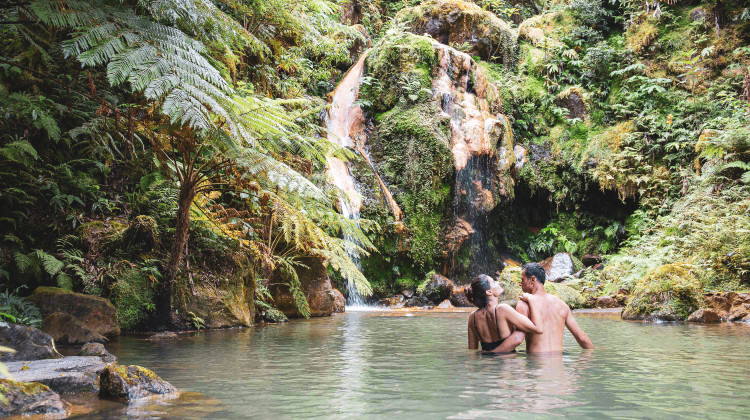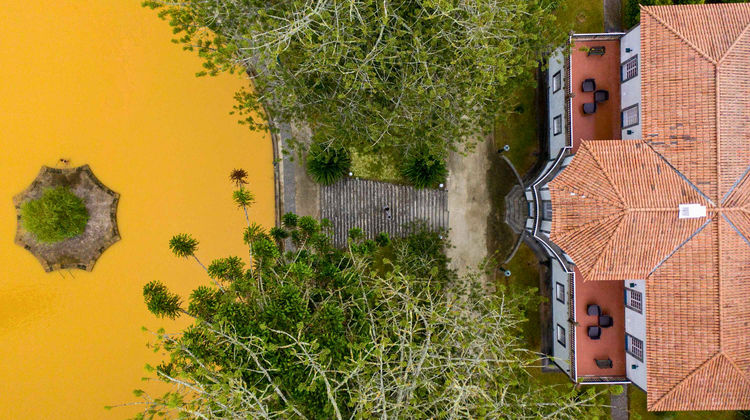Exploring the Rich Culture and Unique Heritage of the Azores, Portugal
The Azores boast a vibrant culture steeped in a rich, intricate history and myriad traditions. Among these time-honored Azores, traditions include such intriguing artisanal offerings as mosaic tiling, ceramics, cheesemaking, embroidery, and much more.
As for Azores' history, this tiny archipelago tucked amid the Atlantic has its unique backstory, and it’s truly fascinating. Everything about the Azores—from its wild waves lapping on the stunning shores that signal sailors past to its amazing architecture featuring little chapels dedicated to the Holy Spirit—practically sings of the enigmatic Isles’ ancient origins. There are even UNESCO World Heritage Sites found in Pico and Angra do Heroísmo, which set the Azores apart even more.
Keep reading to learn even more about the history, culture, and timeless traditions of this impressive group of Portuguese islands.
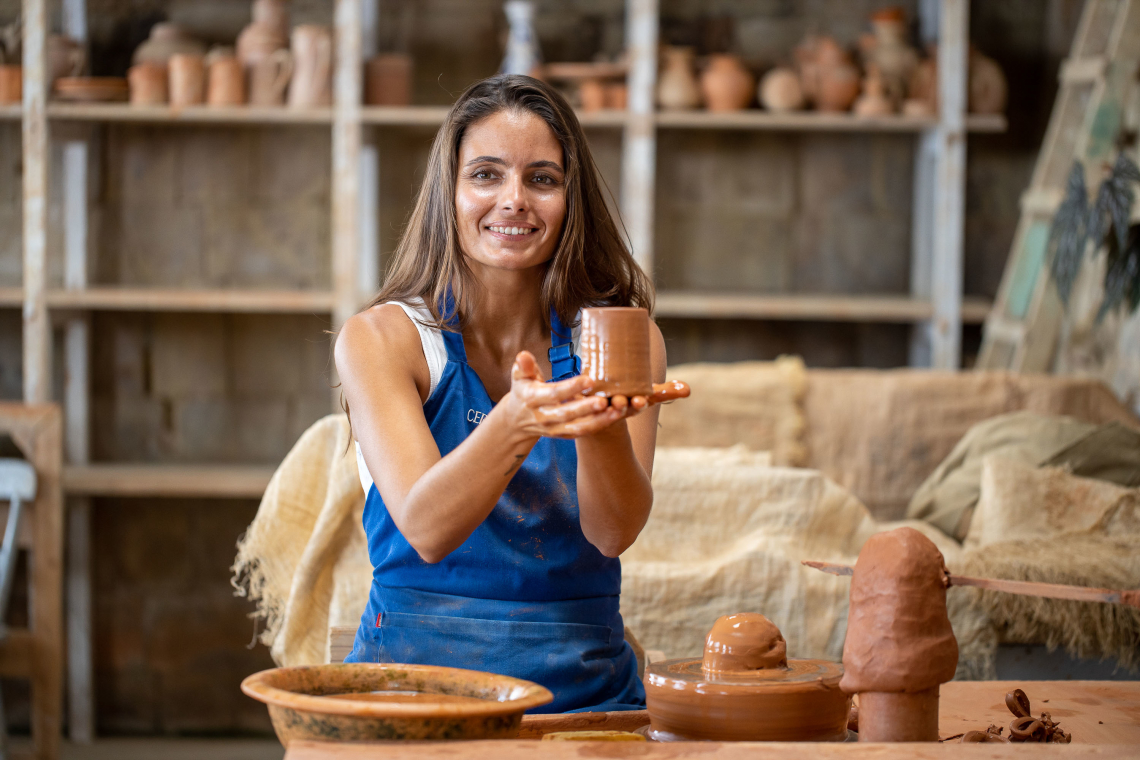
What Makes the History and Culture of the Azores Unique?
Portuguese navigator Diogo de Silves is believed to have been the first to discover the Azores around 1427, initially landing on the islands of Santa Maria and São Miguel. The archipelago remained largely uninhabited until 1439 when settlers began coming over from mainland Portugal. Over the next decade, São Miguel attracted Portuguese and French families who sparked economic and population growth by capitalizing on the fertility of the Atlantic island and beginning to produce wheat, sugar cane, and oranges. By the turn of the 17th century, São Miguel had become a major hotspot for battling European pirates before it eventually fell into the hands of Spanish troops. By 1640, the Azores had returned to Portuguese rule, and its economic hub, Ponta Delgada, had been named the capital due to its strategic location on the coast.
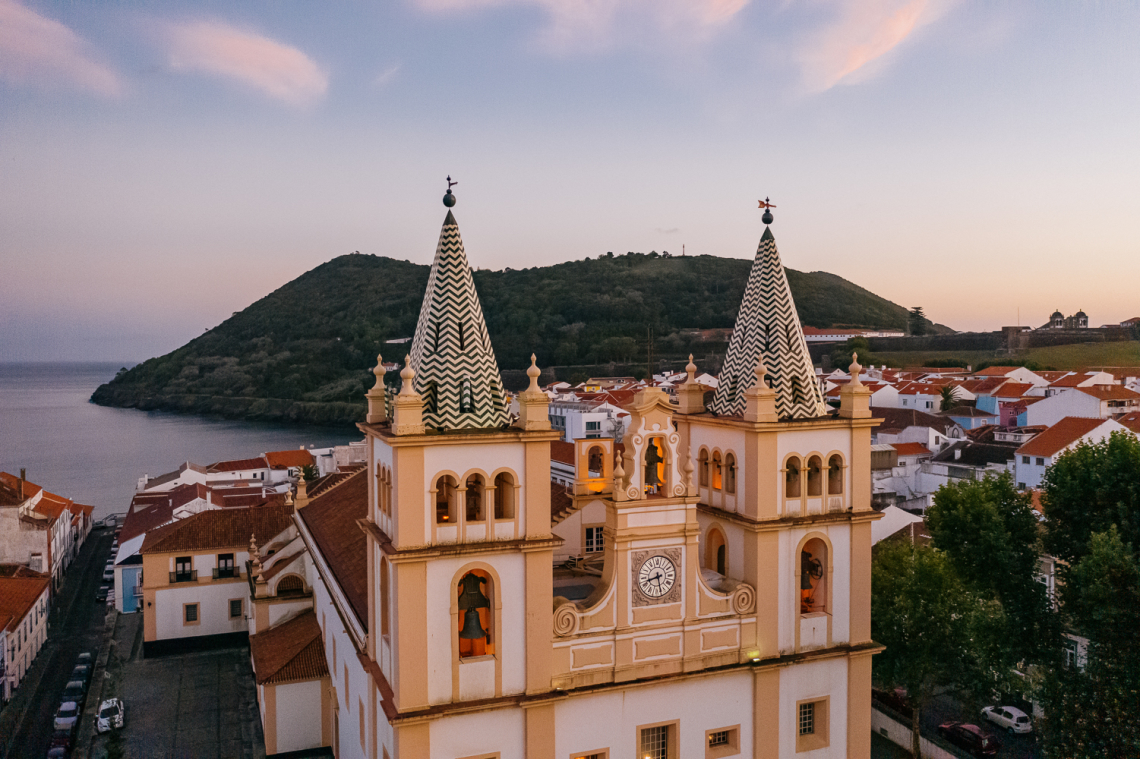
Following the restoration of the Portuguese crown, the islands went through a slow period of development and continued to function as a significant agricultural and economic hub. After the outbreak of the Portuguese Civil War in 1820, Terceira, the third island to be colonized, became the main headquarters of the new Portuguese regime led by Maria I, with Angra do Heroísmo named the new constitutional capital of Portugal. During WWII, the Azores served as a base for the Allied forces for a significant time during the Battle of the Atlantic. Recognizing the importance of having a strategic base located between Continental Europe and North America, the American Navy constructed an air base on Santa Maria, which was later relocated to its current home on Terceira, Lajes Field.

Over the years, the volcanic archipelago’s culture has been crafted from Portuguese traditions and its own proud regional identity. Religion remains at the heart of the Azores’ island culture, with festivals and celebrations dominating the calendar, in addition to retaining traditional cooking techniques and celebrations of their whaling and agricultural past. Azoreans proudly celebrate their style of cuisine, music, and politics to this day.
Festivals and Celebrations of the Azores Islands, Portugal
The Azorean people are deeply religious, and an ardor for their faith is reflected in the celebrations they organize throughout the year to pay homage to the divinity. On these celebratory religious occasions, many Azorean descendants and tourists flock to the islands to take part in the now-famous festivities.
One of the largest celebrations of this kind is the Santo Cristo Festivities on the Island of São Miguel, which takes place each year on the fifth Sunday after Easter in Ponta Delgada. The main event of the feast involves a procession through the streets of the city, in which the people of faith follow the statue of Jesus Christ and make promises to the Lord for the year to come. The cult of the Christ is also celebrated with equal devotion on the island of Graciosa during August, as well as in some other various towns and villages of São Miguel, albeit in smaller but equally important measures.
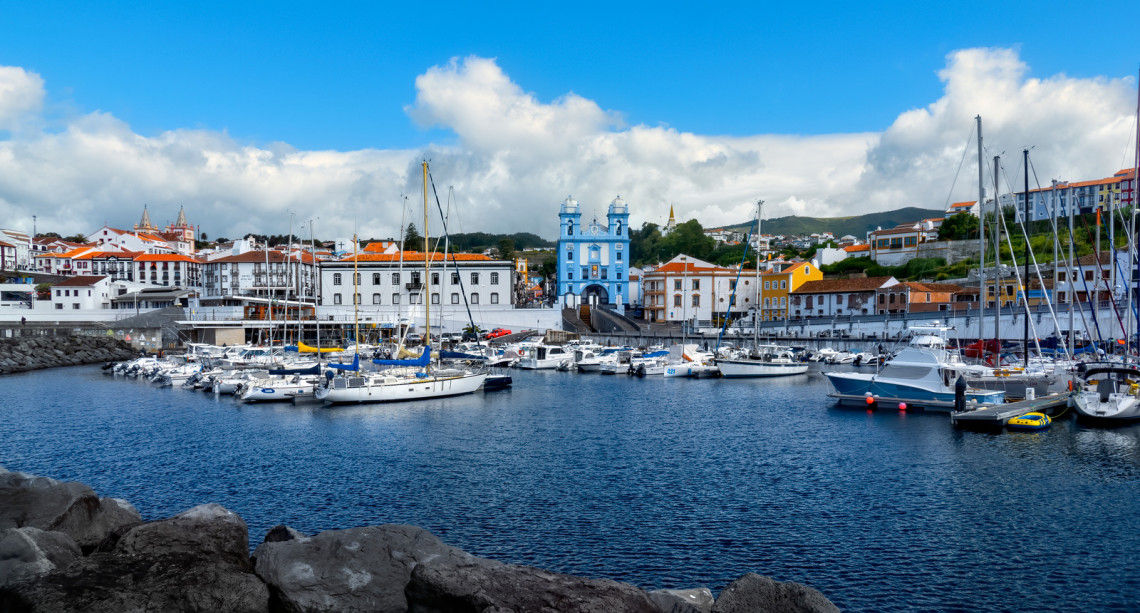
Other religious celebrations held in the Azores include the Festivities Divino Espírito Santo, delicious and lively fetes that are organized in all the islands of the archipelago, the Sanjoaninas on the Island of Terceira, as well as the pilgrimages on the Island of São Jorge, the Nossa Senhora de Lourdes devotion and the festivals of Santa Maria Madalena and Bom Jesus on Pico Island. On Faial, they organize the feast of Nossa Senhora das Angústias and the festival of São João, among others.
There are also non-religious events held on the islands that speak to the richness of the Azores' cultural scape, such as the Maré de Agosto music festival from Santa Maria and the Festas da Praia from Terceira, when you get the chance to see "Touradas à corda", a unique event where bulls are released onto the streets and guided with ropes throughout the city. Another Azores tradition is the world-famous celebration of Carnival, when masked balls are organized throughout the archipelago and the enjoyment and revelry enjoyed by all is unmatched, making this holiday a true highlight of the year for both residents and locals alike.
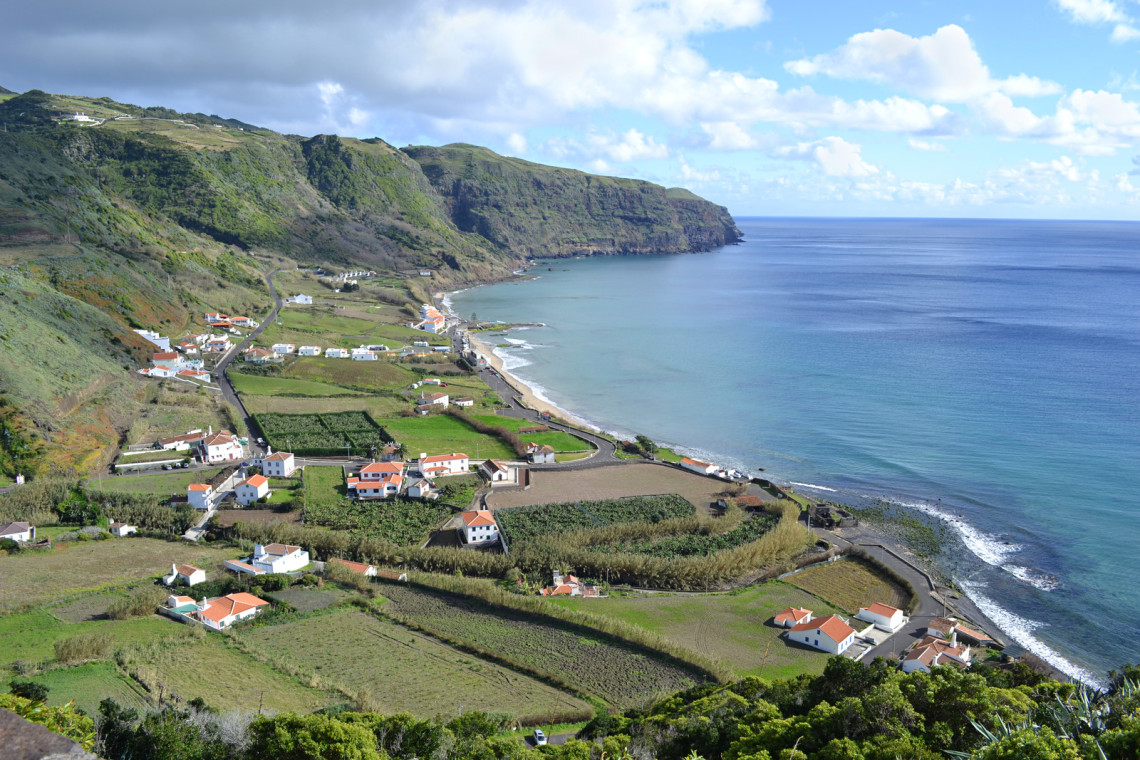
The Emblematic Role of Pottery and Ceramics in Azorean Culture
There are still a few local artisans who keep this ancient tradition alive. Once you set foot in the Azores, it is impossible not to notice the beautiful blue mosaic tiles and intricate pottery pieces that adorn numerous buildings and can be spotted everywhere the human gaze goes. You can see more of the inner workings of these fascinating cultural pastimes during a visit to the Cerâmiva Vieira factory in Lagoa on São Miguel Island, where you will get a rare, up-close peek behind the scenes to see exactly how this tradition is being upheld. Another option is to book a cultural tour in Terceira Island to get the inside scoop and enjoy an inside look at the work of some local and talented artisans. All the pieces you will encounter are lovingly and painstakingly made by hand, leaving no detail unnoticed, resulting in true, local works of art. You really must see the ancient artistry for yourself to appreciate fully all that it entails.
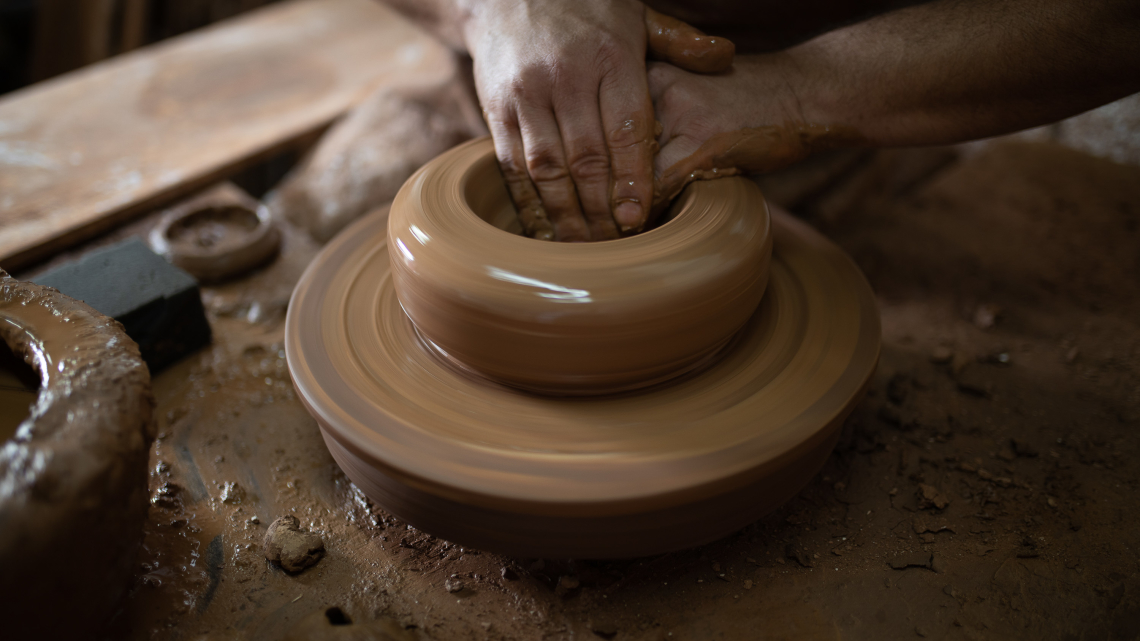
The Art of Embroidery: A Cherished Tradition in Azores Culture
Another handmade craft that makes these islands unique is the embroidery of the Azores. Every one of these detailed, intricate pieces are literal work of art, almost like a portrait, carefully sewn instead of paint-stroked. The most famous of Azores embroidery offerings can be found in Terceira Island, where you can still have the exciting opportunity to visit a traditional shop and see actual “bordadeiras” (seamstresses) working.

Touradas à Corda: A Thrilling Tradition in the Azores Culture
The touradas à corda is the most famous event held on Terceira Island. It is so famous that this thrilling, cultural happening attracts visitors from all over the world to come and marvel at the spectacle, or bravely participate. During the celebration, bulls are released into the streets and guided with ropes throughout the winding village roads. People have an immense amount of fun watching the brave men courageous enough to face the bulls. This is an opportunity for great fun each year, as the practice is harmless to the animals and safe for the people involved, yet still exhilarating to experience!

The Soul of Azores: Pilgrimages and Other Religious Celebrations
Back in the olden days, natural catastrophes were thought to be punishments sent from God to chastise men for any ill actions on their part. This belief spurred the adoption of the practice of Pilgrimages to appease God and offer penance. The first pilgrimage is recorded to have started in Vila Franca do Campo in São Miguel Island after a disastrous earthquake in 1522 buried half of the village population. The survivors decided to build a church, and every Wednesday (the day of the week the earthquake happened), the population started visiting that church on pilgrimages. This practice quickly spread throughout the other villages of São Miguel Island, and the time-honored religious tradition and ritual has continued even until today. These pilgrimages last a whole week, and men walk all around the island. Aside from this particular religious practice, practically every other popular festivity held in the Azores has roots that can be traced back to religious origins.
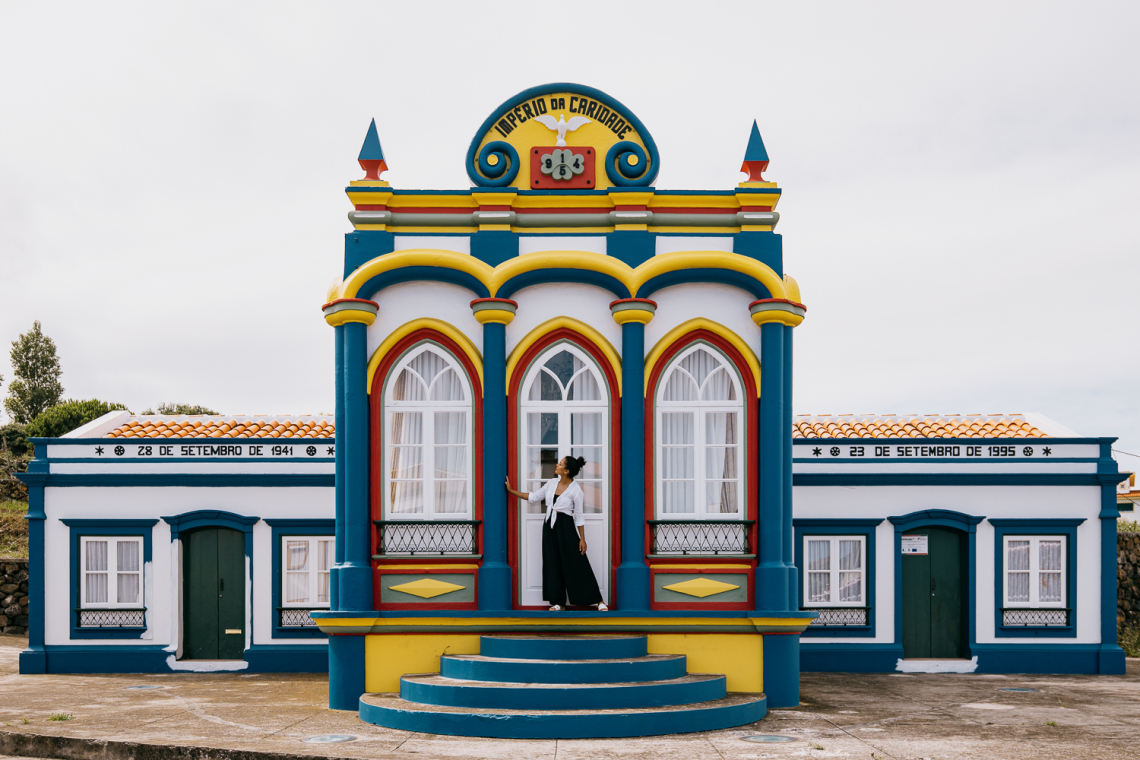
The Integral Role of Farming in the Azorean Culture and History
The Azores are the land of the “happy cows” who graze freely in green fields facing the Atlantic Ocean throughout the year. Farming is still one of the main economic activities of the archipelago, and the Azores cows are responsible for producing 50% of the country’s cheese!

Azores UNESCO World Heritage Sites: A Blend of Natural and Cultural Wonders
No article covering this idyllic group of islands would be complete without a due nod to the pair of official UNESCO World Heritage Sites that have their home in the Azores. History buffs and simple lovers of gorgeous architecture and fine wines alike will be thrilled by this duo of historical treasures--one found in the island of Terceira, and the other located in Pico.
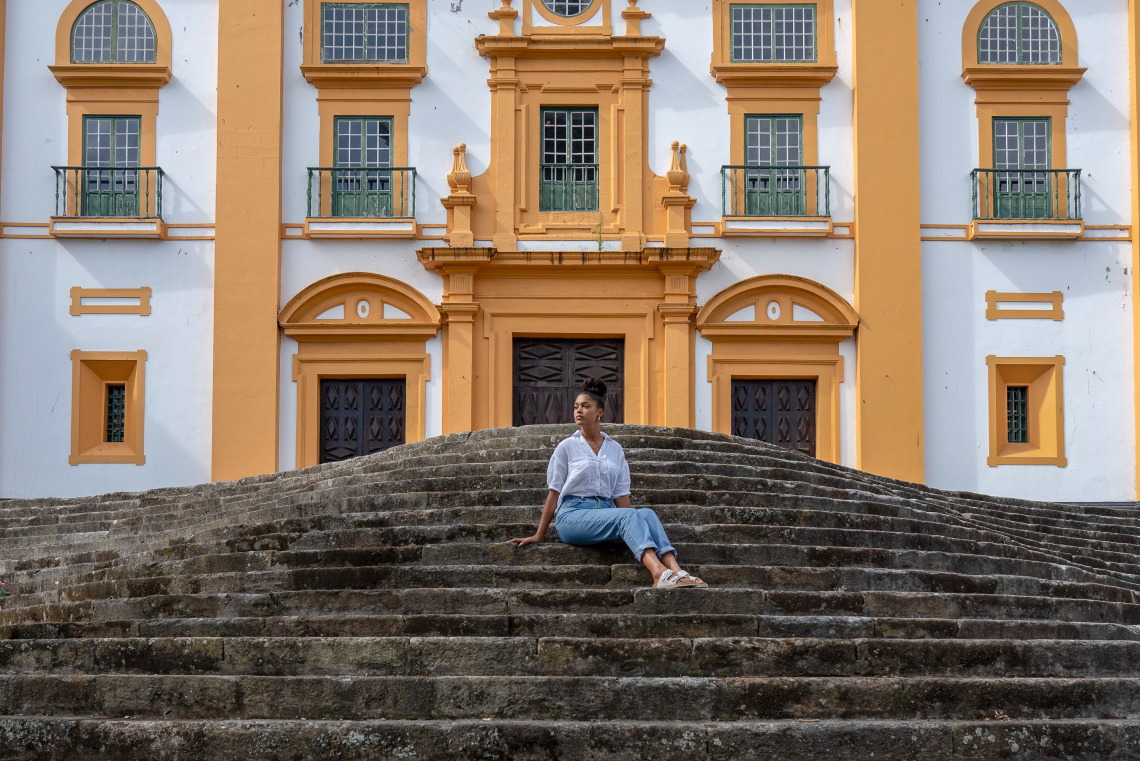
The first of the UNESCO World Heritage Sites is the city of Azores Angra do Heroismo tucked away on the island of Terceira. Angra do Heroísmo, simply called Angra by the locals, is one of the three capital cities of the Azores, as well as is on UNESCO’s official list of historic wonders to witness. Upon your visit here, you’ll see evidence of Angra do Heroísmo’s fascinating maritime past, as the municipality was an integral port of call for centuries. It earned its place as a UNESCO World Heritage Site due to its historical significance in enabling and supporting maritime exploration that allowed exchanges between the world’s greatest civilizations.
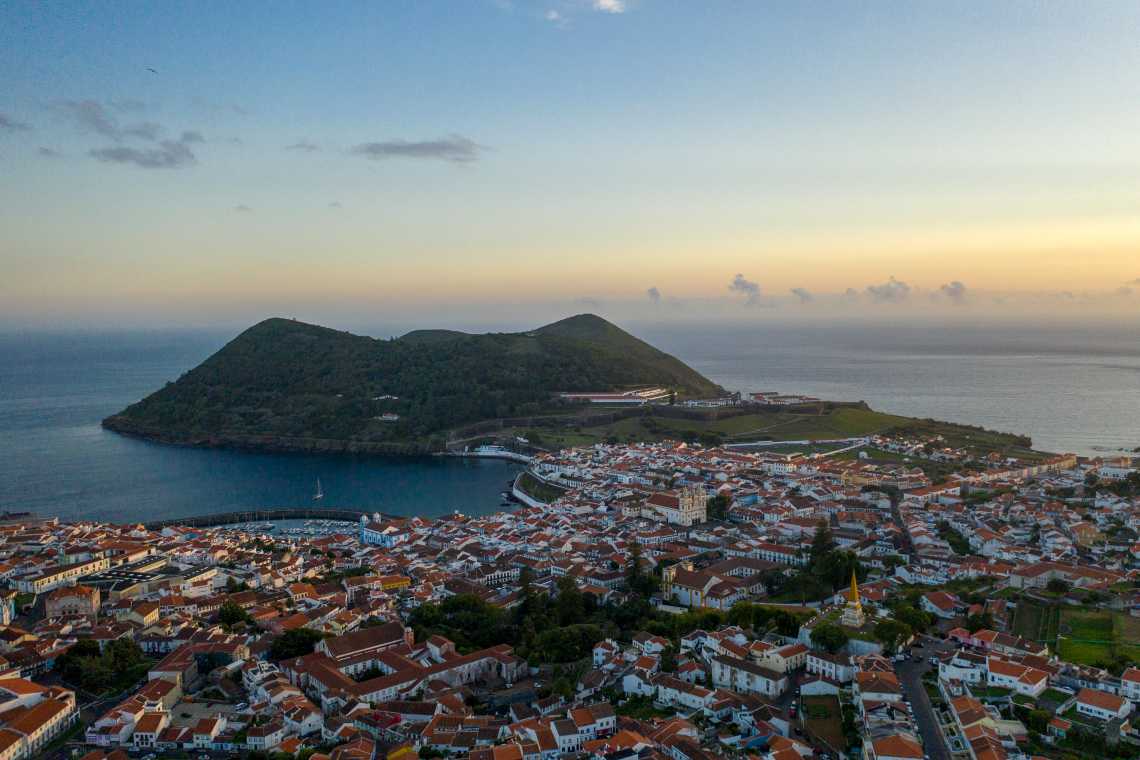
The Azores’ second UNESCO World Heritage Site is the Pico Vineyards located on Pico Island. Pico is known for producing some of the highest quality wines in all of Europe, and as of 2004, the island’s beautiful vineyards have officially been among the recognized UNESCO World Heritage Sites. A visit to these vineyards will not disappoint, and while you are educating yourself about the fascinating methods the local grapes are harvested and the wine is produced, the natural beauty of the unique Lajido da Criação Velha and Lajido de Santa Luzia will inspire you and leave you in awe. Like patchwork quilts, they pose perfect representations of the vineyards' unique, and stunning yet functional architecture.
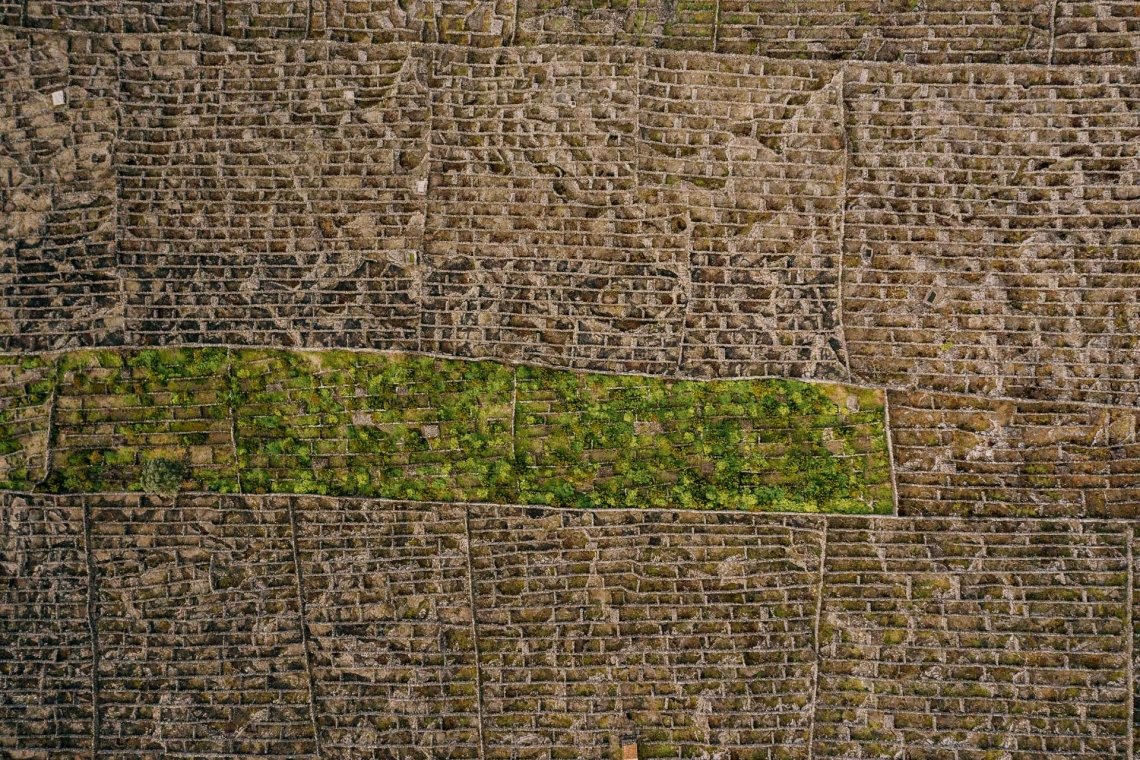
Are you already in love with the Azores? Please take a look at our stress-free packages that allow you to book your ultimate island adventure. All our packages are carefully curated by our team of local Azorean Experts so that you don’t need to worry about any details – just enjoy your trip!


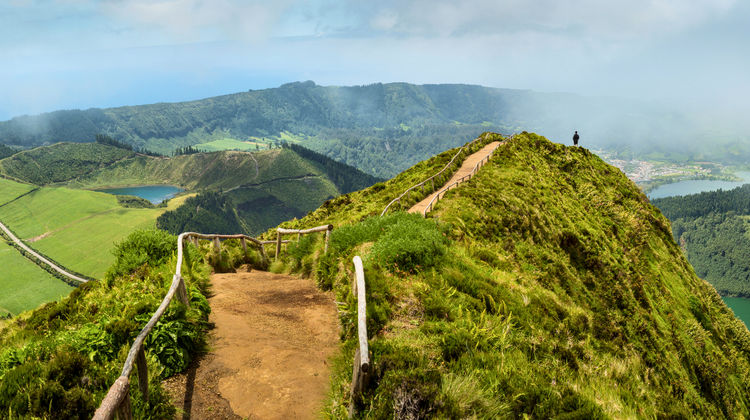

.jpg)
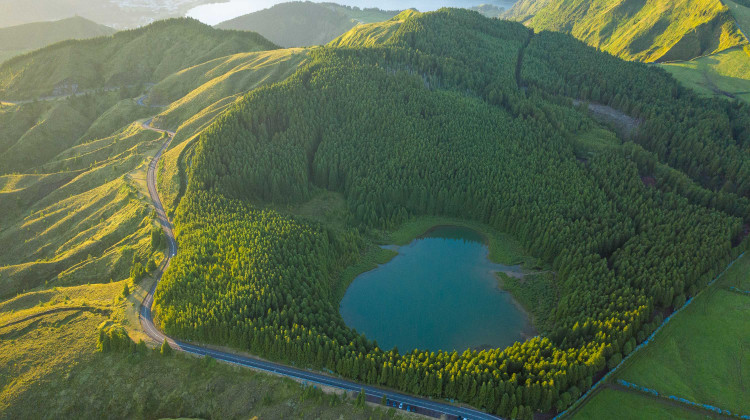
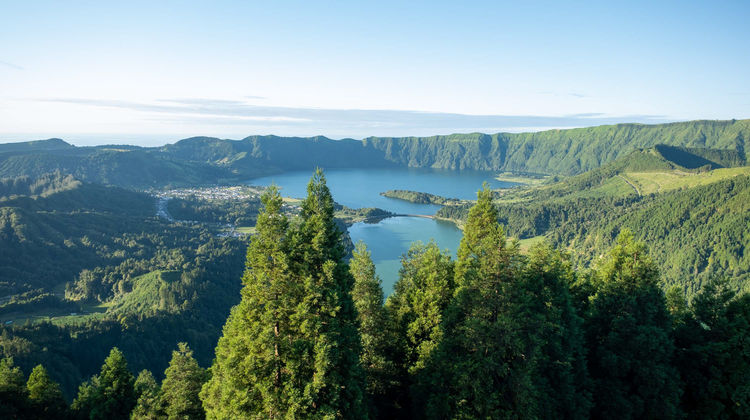
.jpg)

